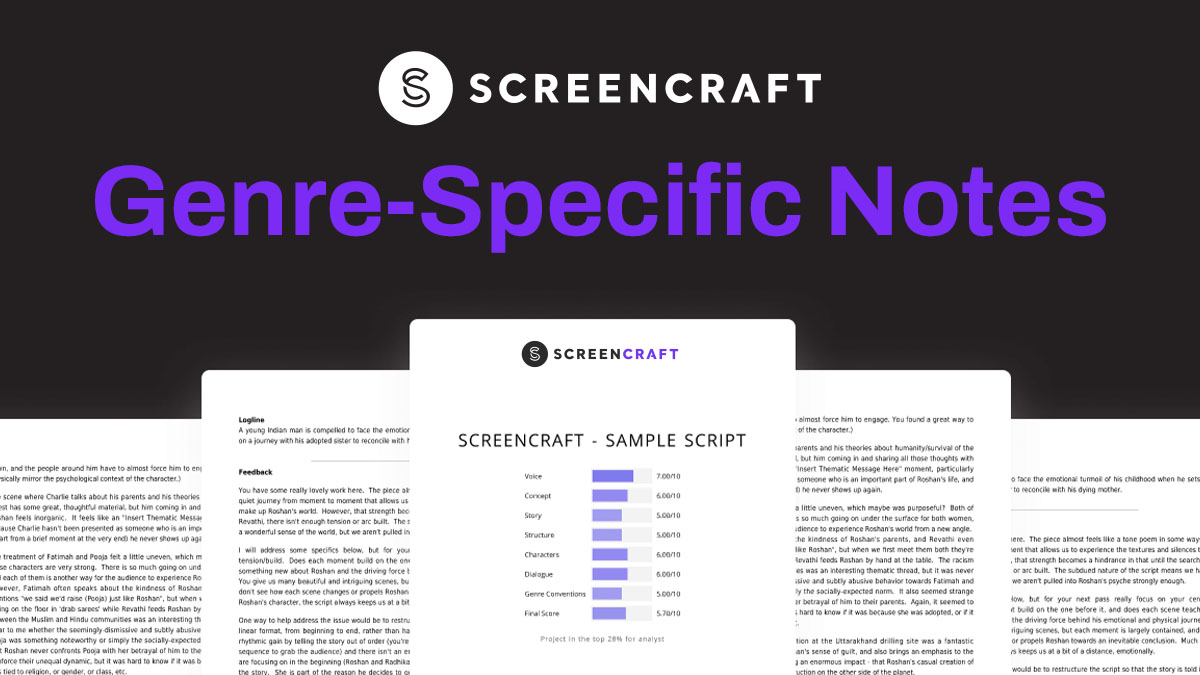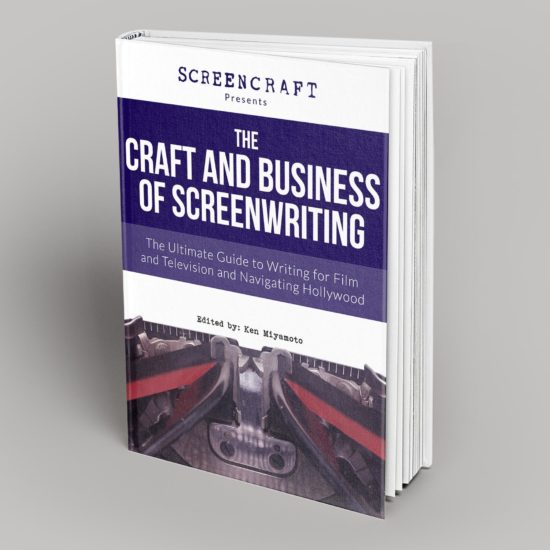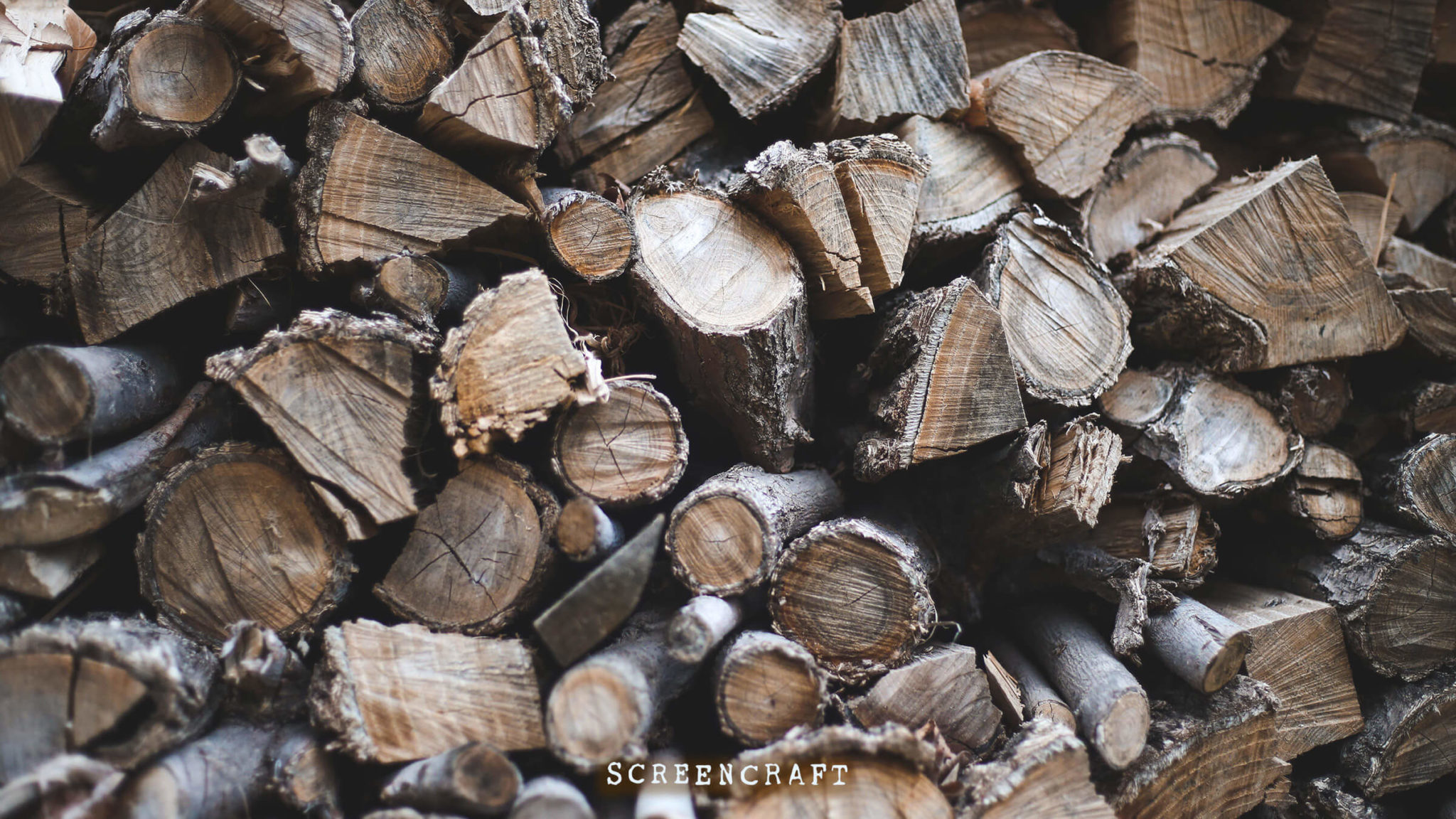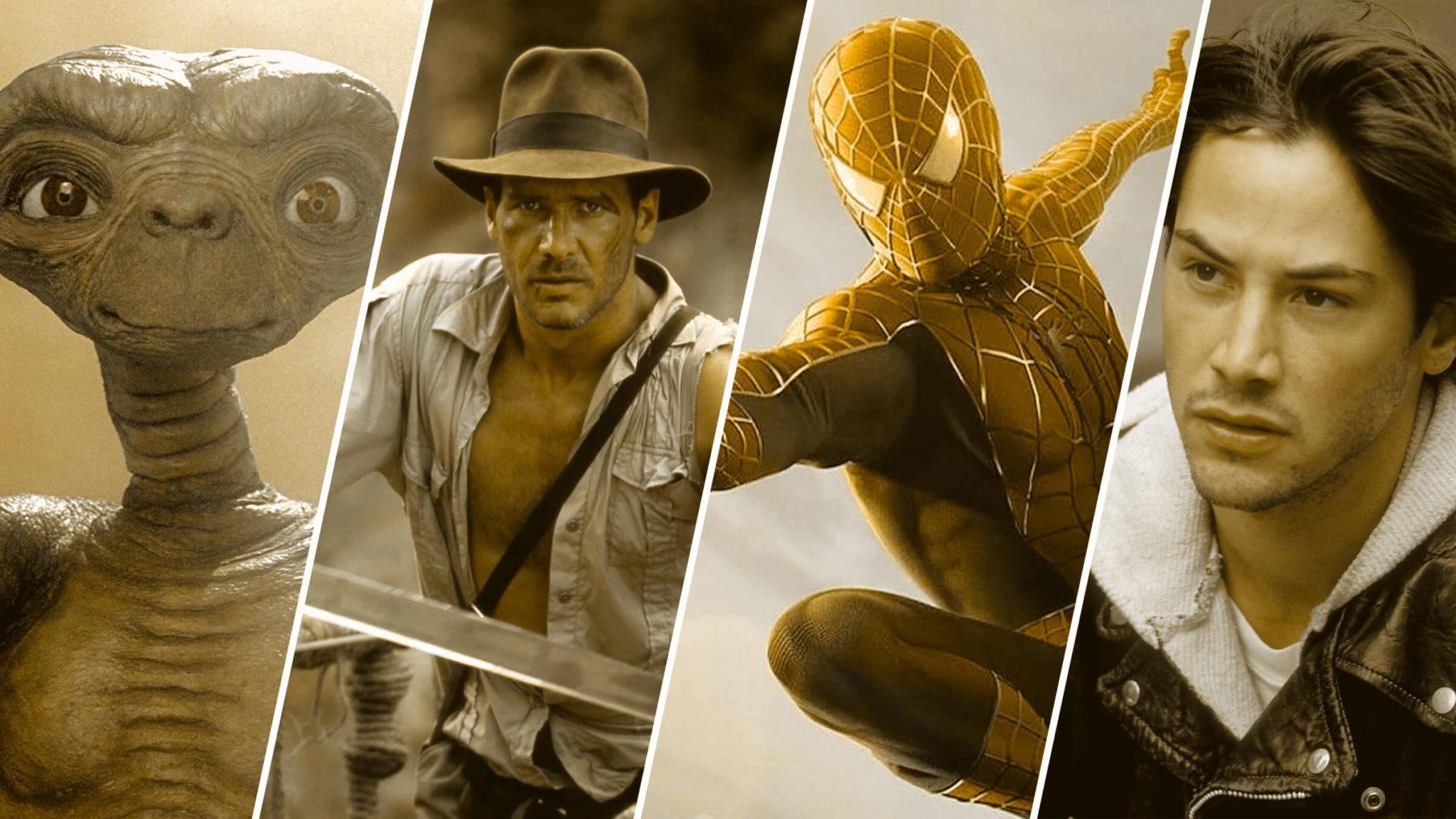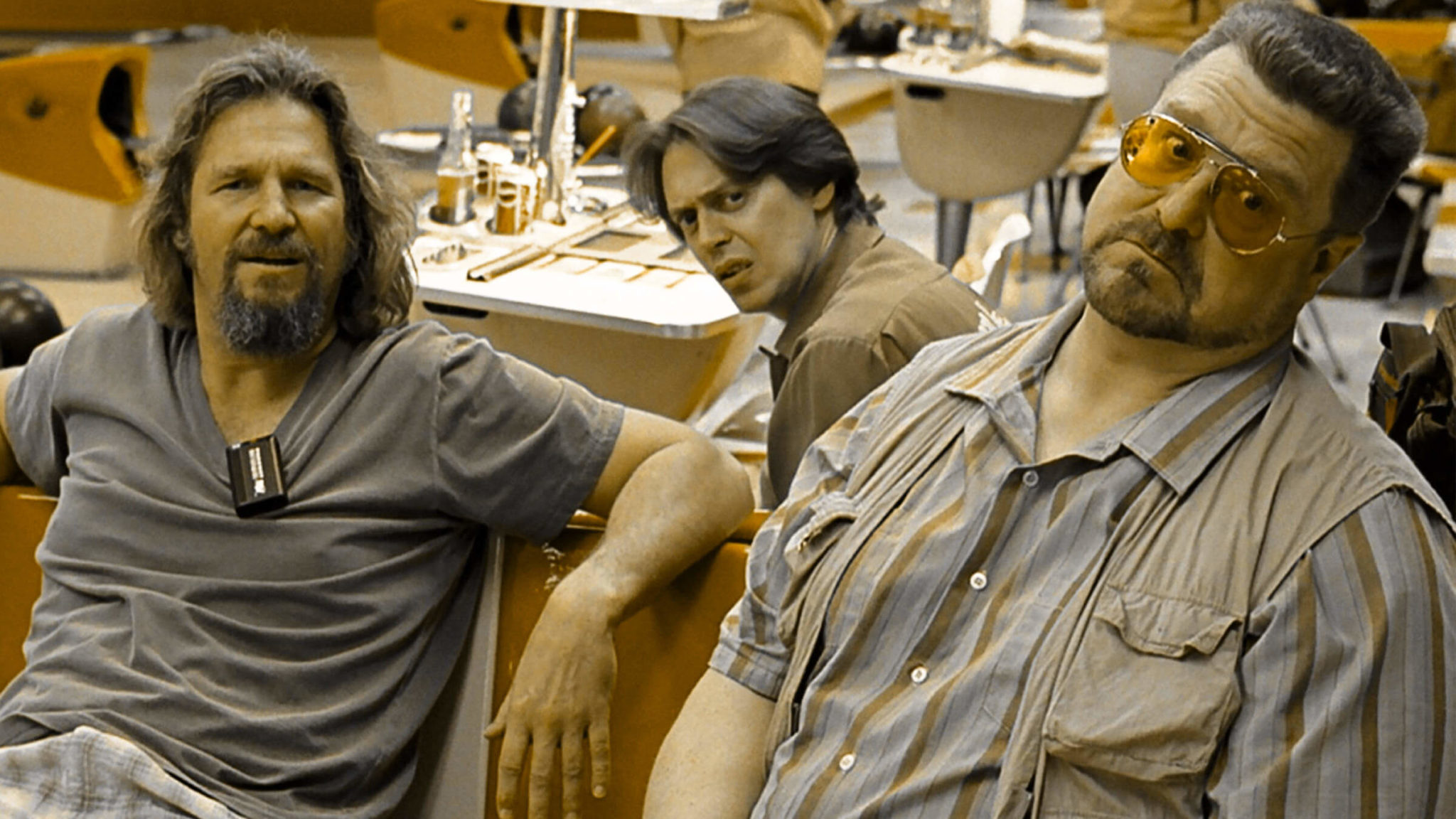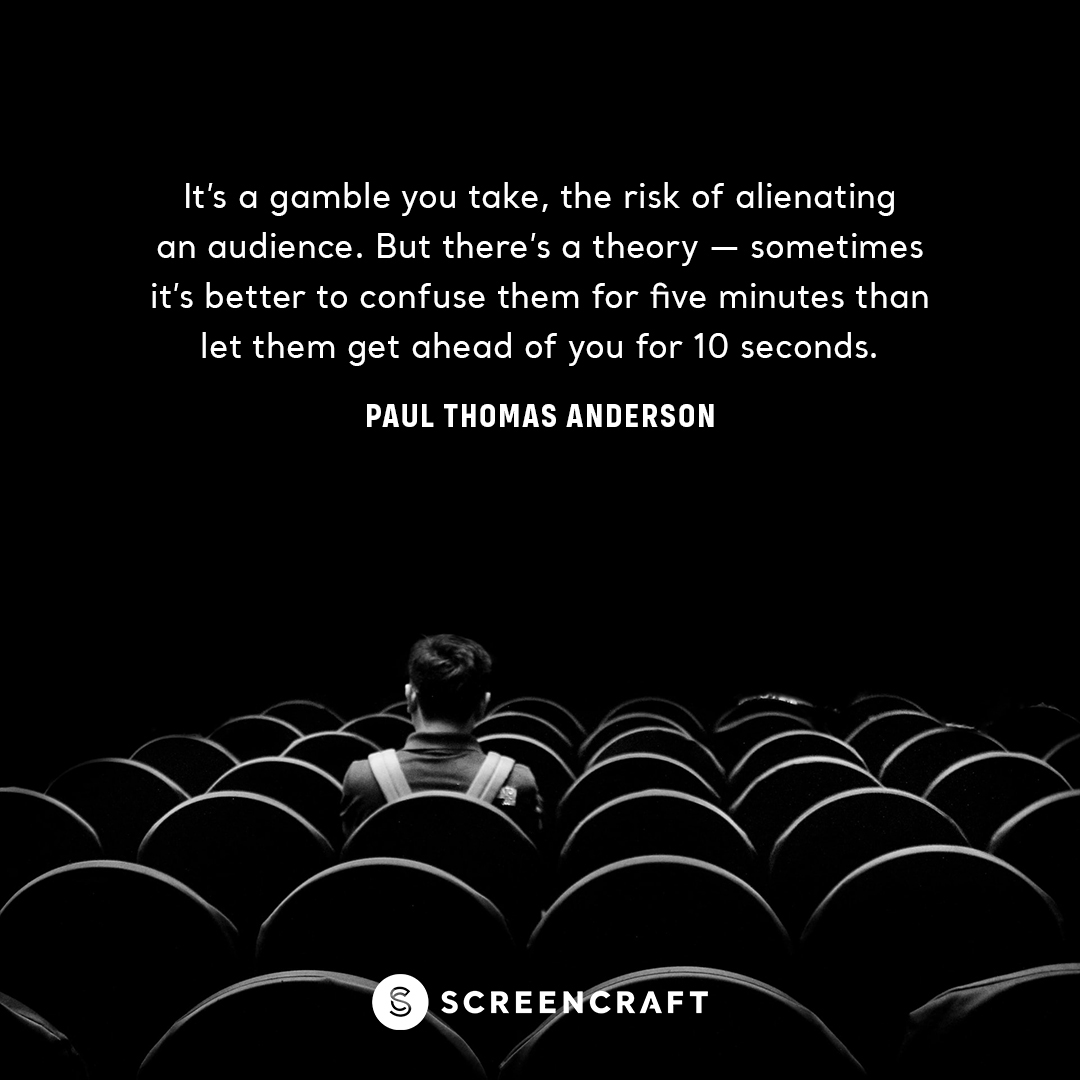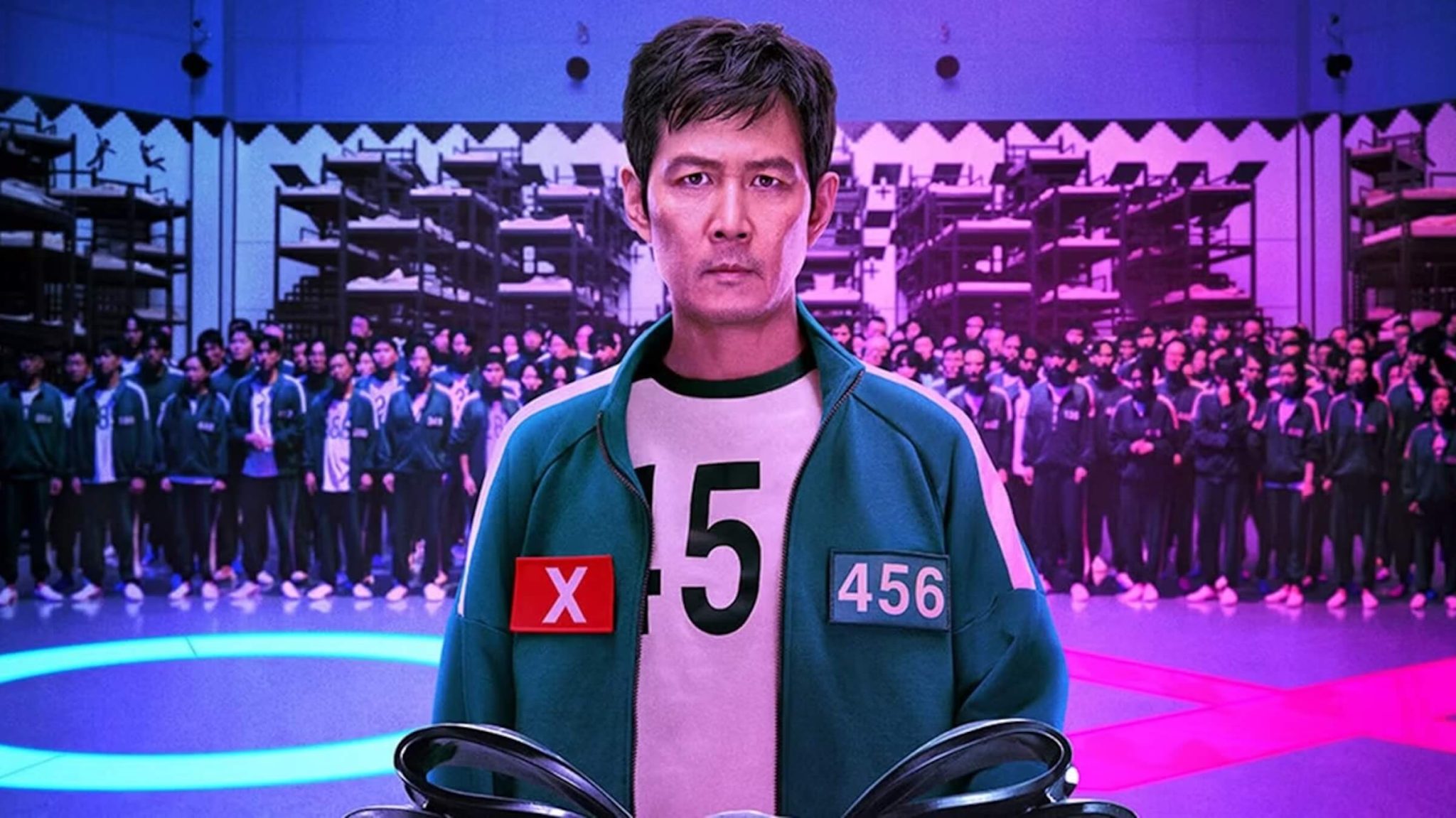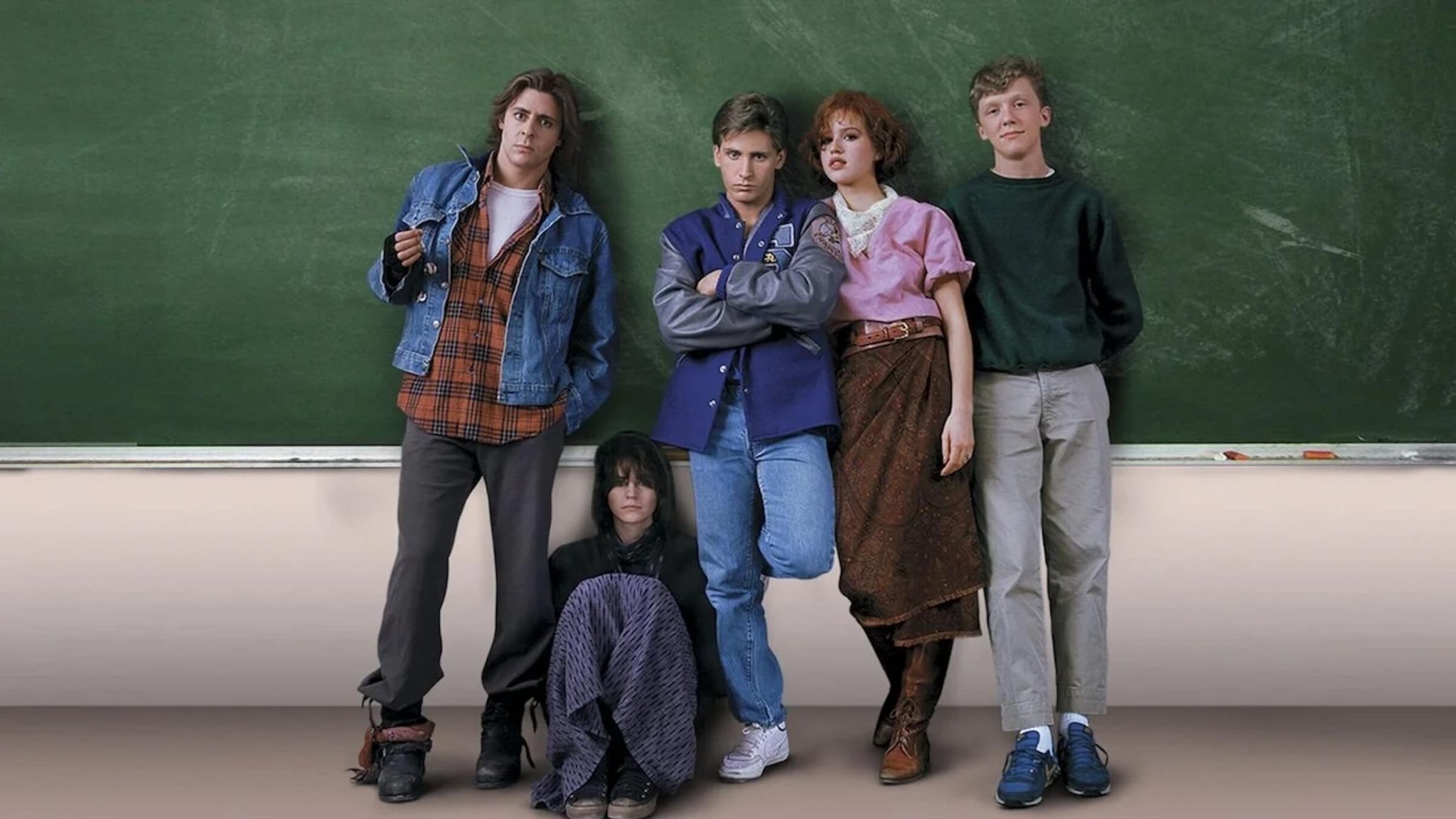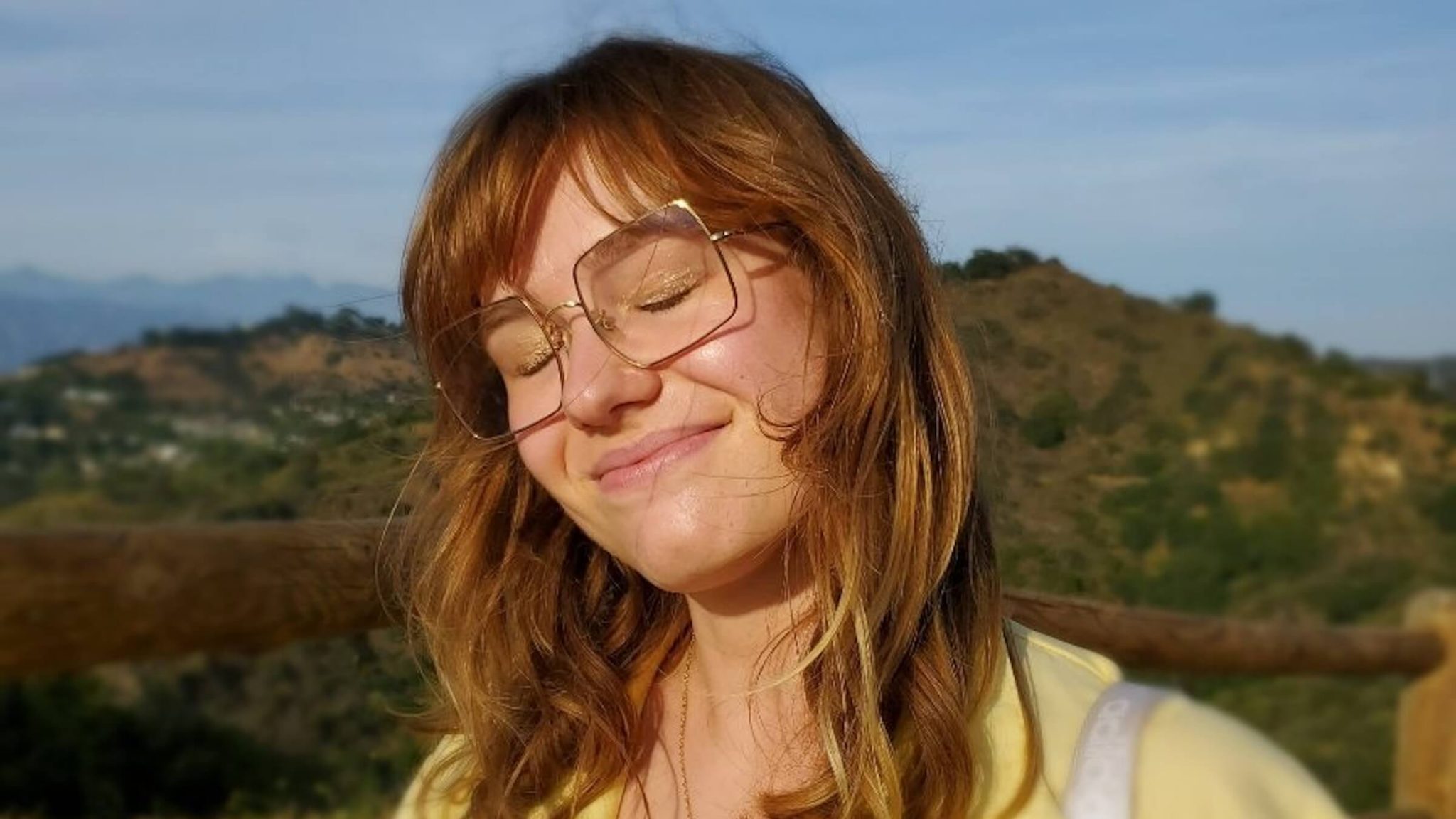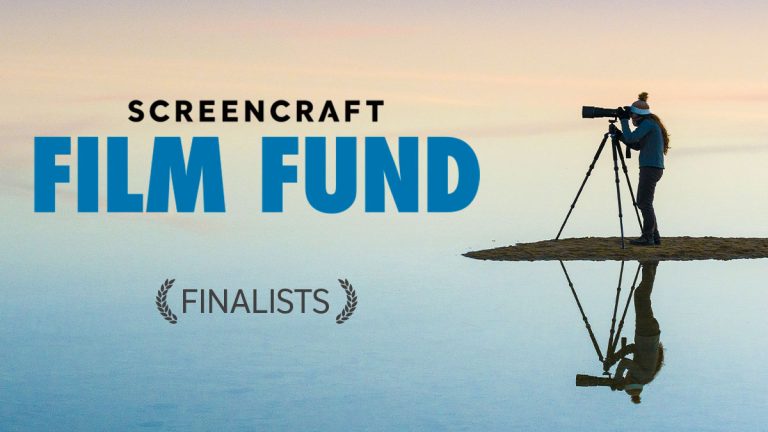Your Essential Guide to Hiring a Film Crew
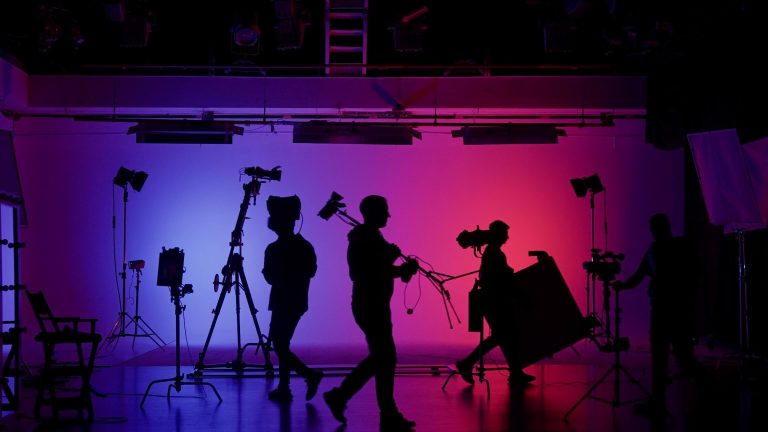
More and more creatives are turning to the independent film world and it’s easy to see why. By making your feature or short film independently, you don’t necessarily have to wait for a green light from a studio or streamer. If you can raise financing on your own (or with a little help from ScreenCraft's film fund), you can get right to work with the right crew while maintaining more control of the story and final product than you could if studio executives and dozens of producers were involved.
If you’re about to launch into your first feature or short film production though, it can be overwhelming. It’s usually more involved than pointing a camera at some actors who have memorized their lines.
So if you’re trying to make a film on a budget but you also want the final product to be great, you want to invest in the right crew to bring that vision to light.
Who Do You Need on Your Crew?
Let’s take a look at the top hires you’ll make as you get into production. We’ll specifically be looking at “below-the-line” crewmembers, meaning the people who are on set day in and day out who aren’t your major cast, director, or producers (AKA the above-the-line roles).
Look at this list as the first people you want to lock in or the people you want to ensure you hire no matter how small a crew you’re putting together to keep the budget down.
Line Producer
A line producer puts your budget together, so you can’t truly take a step forward without them. They’ll also know how to work with unions and locations, build a schedule, and more. If you’re not using a very small crew, you’ll also have a UPM who will work with the line producer and be the go-to person for things like payroll and accounting.
Now, if you’re building a skeleton crew (try 10 people in your crew), this role might not be feasible. But you can learn how to put a budget together online through courses, templates, and other online resources.
You can also utilize your network to double-check your work. But if you’re shooting a feature film, this is absolutely the space where you don’t want to rush, whether you’re hiring or doing the role yourself.
Read More: 10 Best Filmmaking Websites for Indie Filmmakers
 Assistant Director
Assistant Director
The assistant director is not a backup for your director, though you likely knew that already. Their goal is to help the director’s vision come to life by managing all of the small things so that they don’t have to reach the director and high-level producers.
This person, much like your line producer, is vital for ensuring that your entire team is communicating. They will be overseeing the paperwork that your line producer needs, making sure that the crew is where they need to be by running the set, and solving problems as they arise.
Read More: 3 Tricks of the Trade Screenwriters Can Learn From Directing
Production Designer
Your art department is responsible for everything on screen that you see that isn’t breathing (for the most part). There are so many specialties within this area that you’ll likely need more than one person even if you’re trying to keep your crew small (unless you want to overwhelm yourself and handle it all yourself), including building the sets, gathering the props, set decorating, etc.
The production designer does exactly as the name says and designs the production. They work with the director and camera team so that the film has a specific look and oversee all the other people within the department.
Director of Photography
This role (also known as the cinematographer—they’re technically different roles but are used interchangeably) will work with the director and production designer to complete that specific look for your film. They’ll know what lenses and cameras you need to achieve a certain look and how much you’ll be able to afford within your budget.
On a very small crew, your DP may be your only camera operator, but if you can afford a separate camera operator, it will allow your DP to focus on working with the director to create the look of the film while the camera operator focuses on the camera work in from of them.
 Gaffer
Gaffer
The gaffer might have the least “obvious” title considering everyone else’s title says exactly what they do. Gaffers oversee your electrical department, essentially figuring out how to light your sets. They can create daylight while filming at night, work with natural lighting with light bounces or diffusions, and come up with solutions for any lighting problems to achieve the director and team’s vision.
Sound Mixer
There are a lot of movies that might not have great visuals that people love, but a film with bad sound can ruin the experience for any audience member. The sound mixer on set ensures that you get all the raw audio files (dialogue, ambient noise, random sounds, wild lines, etc.) you need and that they’re of the best quality for post-production.
Read More: How 'Evil Dead Rise' Carries on Sam Raimi's DIY Filmmaking Legacy
Boom Operator
Your sound mixer can’t do their job if your sound is in the gutter. A boom operator will work with the mixer to record strong audio files, which will help the sound mixer in post-production greatly.
They also oversee placing any other microphones used within the production.
 Costume Designer
Costume Designer
Even if you’re not making the next Bridgerton, you still want someone working with your production designer to create a cohesive look for the characters and film.
Some costume designers craft the costumes, but often you’ll have them sourcing clothes. They’ll have relationships with costume warehouses, stores, or designers that they can use, and know how to bring a character out through what they’re wearing.
Catering
If there’s one role you definitely don’t want to forget about it’s craft services. You have to feed your crew, usually multiple times throughout your day. And what producer wants to be distracted making constant Costco runs? Better to get a crafty who knows what they’re doing to keep your crew fed and happy.
 Take Your Script to the Next Level
Take Your Script to the Next Level
You might be wondering why a few positions were left out of the list, such as your grip, UPM, locations manager, stunt team, and so many more. This isn’t to say that if a position isn’t listed they’re not vital, because they absolutely are. However, depending on your budget, you might have to get creative.
When in doubt, talk it through with your line producer and above-the-line team, who knows how big a production you’re putting together and how sizeable a team it requires to achieve it.
The most important thing as you’re putting this team together is to remember you’ll be working with them for a significant amount of time. Find people who know what they’re doing and who are solution-oriented people. This way, when things go awry (and they will), you know your team will work together to get things done, creating a team-oriented atmosphere that can lift the spirits of any production.
Read More: 11 Short Films That Launched Directors' Careers
Check out our Preparation Notes so you start your story off on the right track!
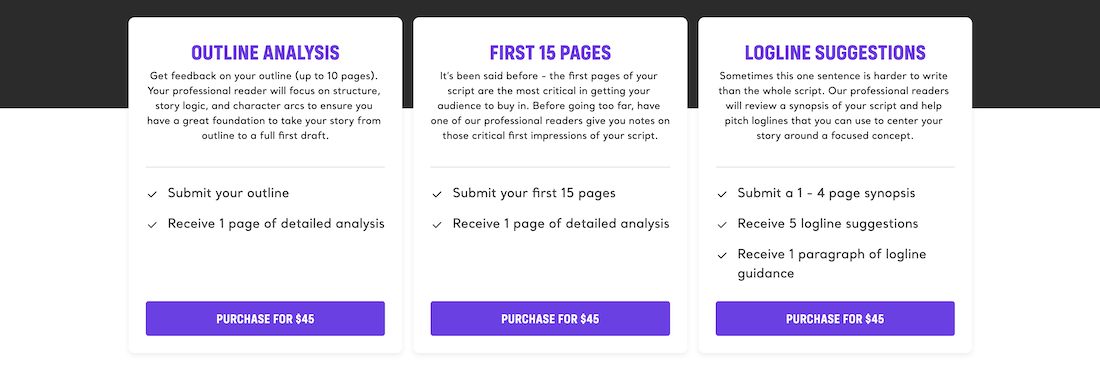
Tags
Get Our Screenwriting Newsletter!
Get weekly writing inspiration delivered to your inbox - including industry news, popular articles, and more!


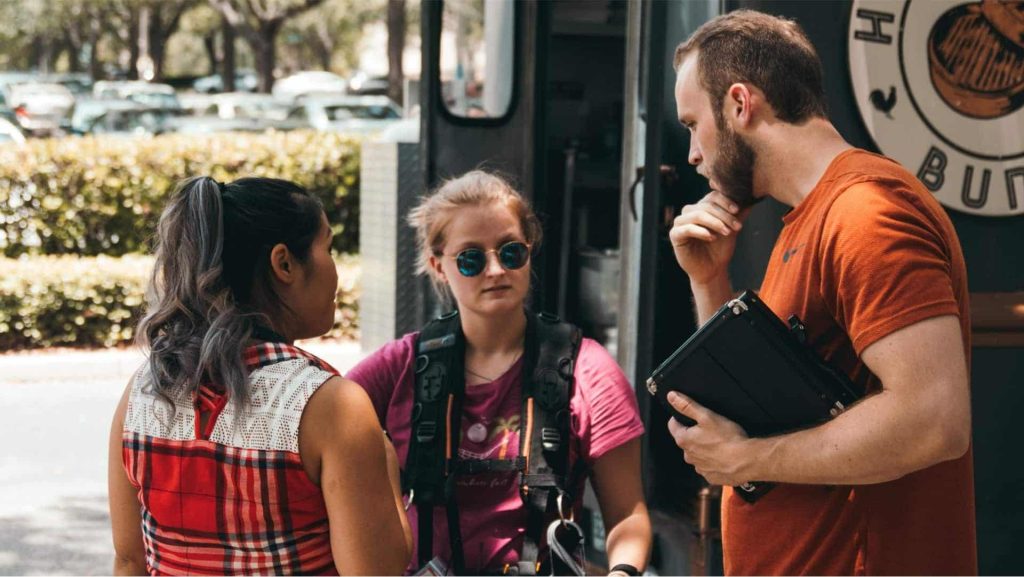 Assistant Director
Assistant Director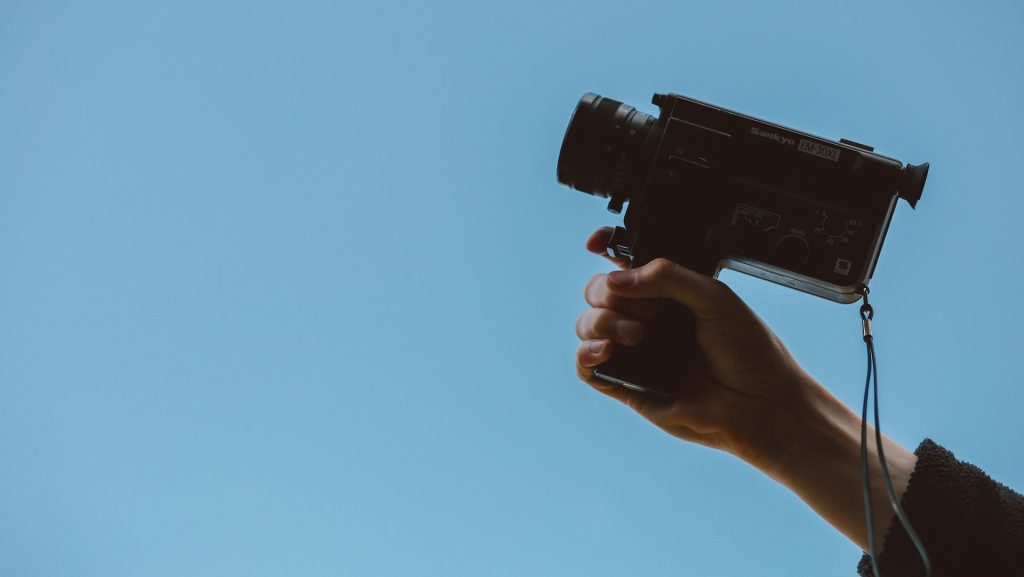 Gaffer
Gaffer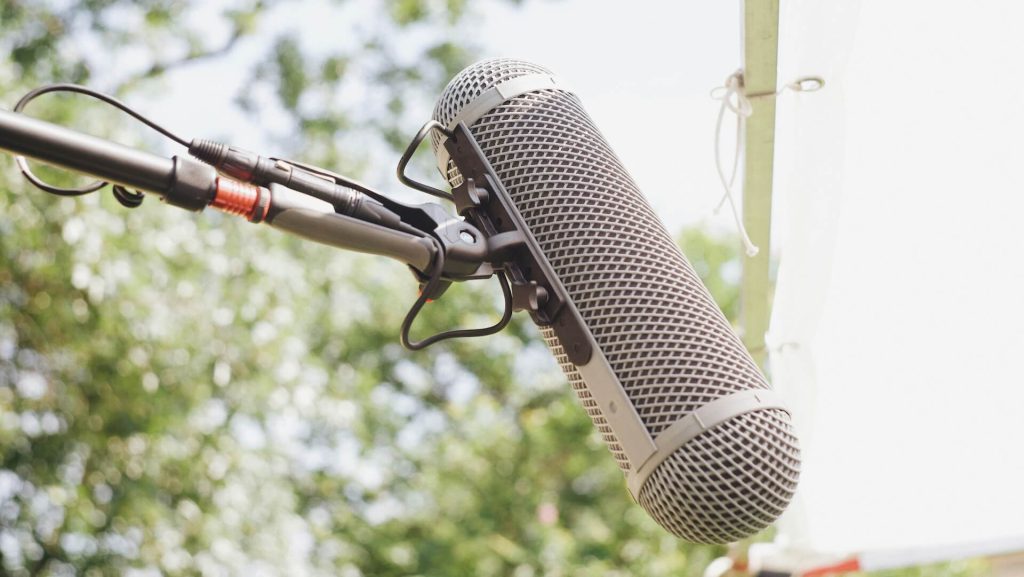 Costume Designer
Costume Designer Take Your Script to the Next Level
Take Your Script to the Next Level

